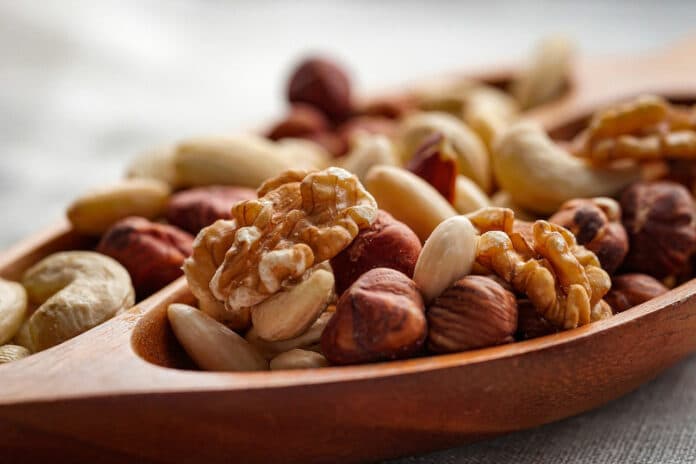Granular convection, the scientific name for the phenomena of large things rising to the surface of a mixture of little particles, is also known as “the Brazil nut effect” and frequently occurs in the natural world. Shaking, for example, a bucket of pebbles and sand can be used to examine it.
The perception that heavier things should sink to the bottom due to gravity and inertia force is at odds with this peculiar outcome. In nature, sedimentation, which involves the sinking of solid particles spread in a liquid under the influence of gravity or inertia forces, exemplifies this.
The Brazil nut effect has been experimentally seen for the first time by physicists from Utrecht University and the UW Faculty of Physics in a mixture of charged colloidal particles.
Until now, it was believed that the influx of external energy is mandatory to generate this effect. However, theoretical models suggested that the effect can occur spontaneously in Brownian colloidal systems, without external energy input, in dispersions of charged particles in a low-polar oil.
The theoretical calculations were confirmed experimentally for the first time by a group of experimental and theoretical physicists from Utrecht University and the Faculty of Physics at the University of Warsaw.
Dr. Jeffrey Everts from the Faculty of Physics at the University of Warsaw emphasizes, “We have shown that the Brazil nut effect can take place in a mixture of charged colloidal particles driven solely by Brownian motions and repulsion of electric charges.”
For the experiment, scientists used charged polymethylmethacrylate particles with different diameters. They used a low-polar solvent, cyclohexyl bromide, as a dispersing agent.
Scientists noted, “Although in both granular (e.g., nut) and colloidal mixtures the “Brazil nut effect” occurs, the mechanisms for its formation are completely different. In the case of a nut mixture, as a result of shaking, smaller nuts fill in the gaps created at the bottom, pushing the larger nuts to the top. Meanwhile, the charged particles in the colloid make Brownian motion as a result of collisions with the surrounding solvent molecules.”
Dr. Jeffrey Everts explains, “Each particle is positively charged. Heavier but larger particles have a greater charge, so they repel each other more strongly, making them move upward more easily than smaller but lighter particles.”
According to scientists, this study could be used in fields like geology, matter physics, etc.
Journal Reference:
- Marjolein N. van der Linden, Jeffrey Everts et al. Realization of the Brazil-nut effect in charged colloids without external driving. PNAS. DOI: 10.1073/pnas.2213044120
